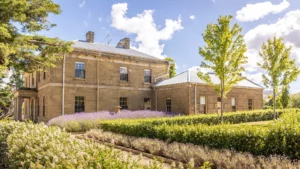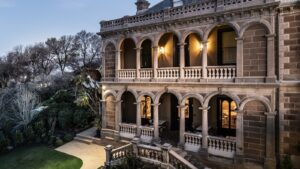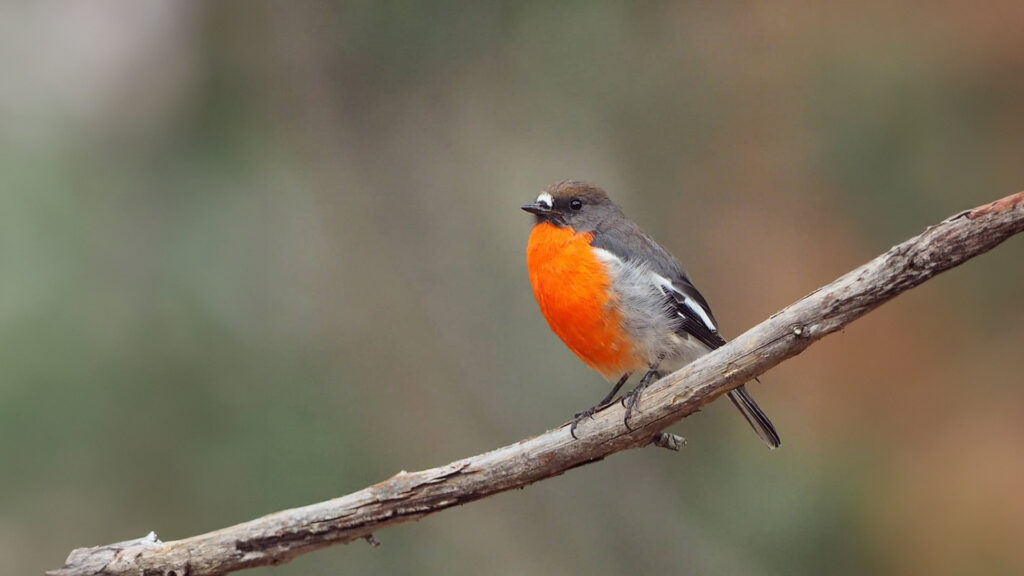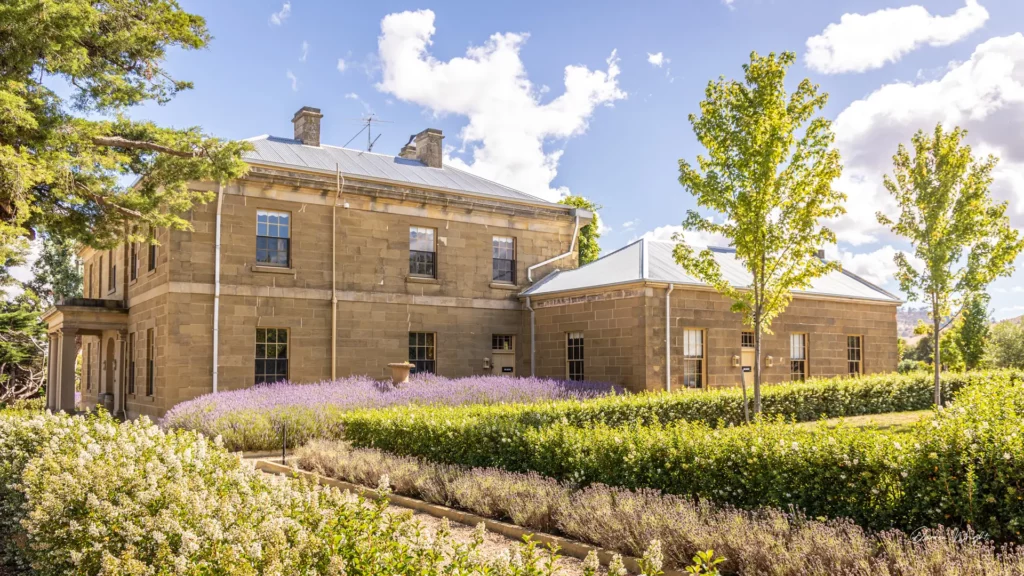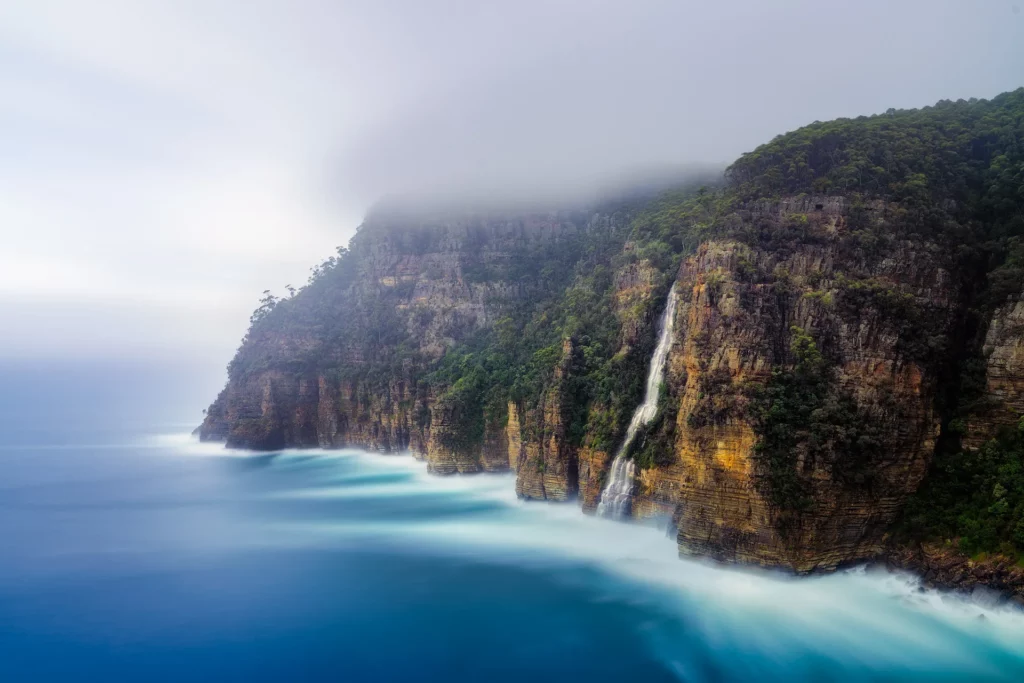One of Tasmania’s most historic precincts now plays host to an innovative installation and Chris Viney explains the numbers game.
Battery Point, the oldest precinct in Australia’s second-oldest capital city, is both eccentric and neighbourly, eclectic and prestigious, shabby and chic. It’s a place of cool sea breezes and sun-warmed sandstone, looking west to Hobart’s guardian mountain and south to the sparkling estuary of the River Derwent.
An innovative and engaging walking trail opens up some of Battery Point’s stories though the theme of sculpture by numbers. At nine sites between Salamanca Place and Marieville Esplanade, numerical sculptures interpret the heritage of this historic part of Hobart.
Each unique sculpture on the trail takes the form of a number. The numerals describe weights and measures, times and quantities, dates and distances. Each one relates to a special part of Battery Point’s story.
At the end of Salamanca Place, steel cages of sandstone chips form the number 1833 – in that year, Salamanca’s sandstone warehouses were filled with wheat, wool and whale oil, and square-rigged ships tied up alongside at the New Wharf, near the site of today’s famous Salamanca Market.
Half-way along the trail, the floating number 313 bobs in the Derwent, just offshore from the sheds and slipways of 21st century shipyards. In the late 19th century heyday of maritime Hobart, 313 ships were launched into the river near here.
On Marieville Esplanade at the end of the trail, Errol Flynnís birthdate of 1909 stands in a sculpture recalling the style of the famous Hollywood sign. The Tasmanian-born screen idol lived close by and probably learned to swim at this beach.
As you walk from site to site, the sculpture trail makes clear the connection between the suburb and the sea ñ sections of the trail take you down to the water, then up into the streets of Battery Point and back to the shore again.
The sculpture trail takes about an hour to walk in one direction. If you start at the 1833 sculpture at the southern end of Salamanca Place, youíll reach the end at the 1909 sculpture on Marieville Esplanade. On the return walk, detour through the Battery Point village precinct and return to Salamanca Place via Arthur Circus, passing some of the city’s oldest houses. Youíll find maps and directions along the way.
The Battery Point Sculpture Trail was commissioned by Hobart City Council. Tasmanian design studio Futago developed the concept in collaboration with sculptor Judith Abell and writer Chris Viney. The project has won a number of awards including the prestigious international Society of Environmental Graphic Design Global Merit Award.
Images by Jonathan Wherrett


